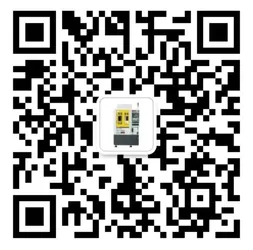How to Select the Right Compact CNC Engraver for Small Spaces?
The Small-Space Engraving Challenge
Over 62% of jewelers and small manufacturers cite space as their top constraint (2025 Workshop Trends Report). A proper compact engraving machine solves this – but choosing wrong wastes precious square footage.
We learned this the hard way. Our first “compact” purchase in 2024 actually needed 10ft clearance for operation. Now we know exactly what measurements matter.
Desktop vs Benchtop: Key Differences
| Feature | Desktop Models | Benchtop Models |
|---|---|---|
| Typical Size | 24×18×16″ | 36×24×20″ |
| Work Area | 8×6″ | 12×8″ |
| Best For | Micro-engraving | Small batch work |
Interestingly, desktop models often offer better precision for tiny details despite smaller size.
5-Step Space-Smart Selection
- Map your area: Include 18″ front/back access (not just machine dimensions)
- Check doorways: Some “compact” units won’t fit through standard doors
- Assess materials: Hard metals need rigid frames (look for cast aluminum)
- Test noise levels: Small spaces amplify sound (aim for <65dB)
- Plan workflow: Left-handed? Some models favor right-side access
⚠ Warning: Don’t sacrifice Z-axis height! Under 3″ limits ring engraving.
3 Space-Related Buying Mistakes
Avoid these common errors:
- Ignoring maintenance access needs
- Forgetting dust collection routing
- Underestimating future expansion
Counterintuitively, slightly larger machines sometimes fit better by reducing accessory clutter.
FAQs: Compact Engraving Machines
1. What’s the smallest CNC engraver for jewelry work?
The Nomad 3 (16×12×12″) handles rings and pendants beautifully while fitting on a shelf.
2. Can compact machines engrave stainless steel?
Yes, but require desktop CNC machines with rigid frames and 20,000+ RPM spindles – expect 25% slower speeds.
3. How much clearance is needed above the machine?
Minimum 12″ for tool changes, 18″ if using a rotary attachment.
Space Optimization Checklist
- ☐ Measured actual available footprint (not just machine size)
- ☐ Planned for dust collection routing
- ☐ Verified door/window clearance
- ☐ Considered future accessory needs
- ☐ Tested ergonomic access from all sides
Pro tip: Use painter’s tape to mock up the machine footprint before buying!







